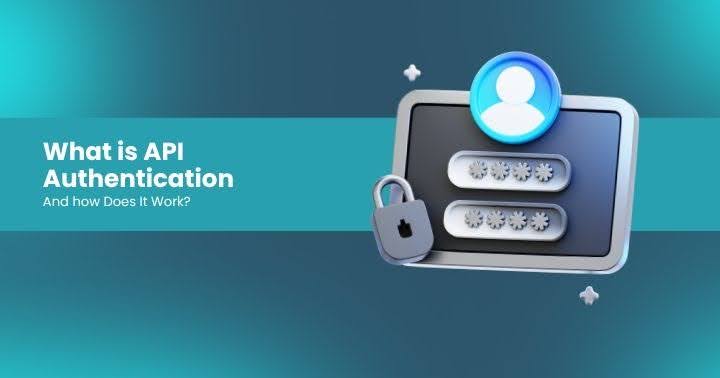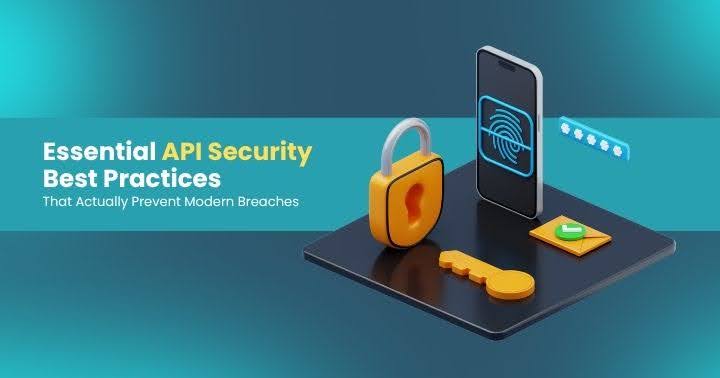The Ultimate API Security Checklist: 10+ Tips for DevSecOps Success
Think your API is secure just because it has no front end? Think again. In this power-packed session, Tanya Janca, aka SheHacksPurple, drops 10+ practical, defense-first strategies to bulletproof your APIs against real-world attacks—Bots, BOLAs, bad error messages, and more.

The Ultimate API Security Checklist: 10+ Tips for DevSecOps Success
From APISEC|CON Testing 2025: Tanya Janca (SheHacksPurple)
APIs are everywhere—and attackers know it. In fact, APIs are now among the leading causes of data breaches, right next to web apps. Unfortunately, many teams still treat API security as an afterthought.
That stops now.
This blog post is your no-fluff, defense-first roadmap to securing APIs in real-world DevSecOps environments. Whether you're building or protecting APIs, these tips will help you reduce risk, outsmart bots, and improve your AppSec hygiene.
Let’s get started.
✅ Tip 1: Do a Real API Inventory
You can’t secure what you don’t know exists.
Start by:
- Listing every API in production, staging, and test
- Mapping their environments, docs, and owning teams
- Using automated tools or gateways to surface hidden endpoints
Bonus tip: Inventory should be updated yearly at a minimum, or even better—continuously.
✅ Tip 2: Use an API Gateway for All External APIs
API Gateways are non-negotiable for any internet-facing API.
Why?
- They enforce rate limits, auth, and input validation
- Block bad bots before they reach your app
- Improve observability, logging, and throttling
Whether it’s Kong, Apigee, or AWS Gateway—use one.
✅ Tip 3: Apply Throttling, Rate Limiting, and Resource Quotas
Unlimited access = unlimited risk.
Implement:
- Rate Limiting – Slow down brute-force attacks
- Throttling – Temporarily delay abuse
- Resource Quotas – Block requests after a threshold
These controls neutralize bots and reduce compute costs from malicious automation.
✅ Tip 4: Log, Monitor, and Alert Everything
Your logs are your evidence. Don’t skip logging just because it’s “only” an API.
What to do:
- Log every API call, error, and response code
- Use observability tools to detect anomalies
- Set up alerts when thresholds are crossed
Remember: a 500 error might be more than a bug—it might be an attack in progress.
✅ Tip 5: Disable Unused HTTP Methods
Most web apps use GET and POST. But APIs can also expose PUT, DELETE, PATCH, and more.
If your endpoint doesn’t need a method—disable it.
Fewer verbs = smaller attack surface.
✅ Tip 6: Use a Service Mesh (for Microservices)
If you're managing thousands of API calls in a microservice architecture, a service mesh can:
- Encrypt traffic end-to-end
- Improve latency and observability
- Simplify security policies without changing app code
Check out Istio, Linkerd, or Consul if this fits your scale.
✅ Tip 7: Enforce Standards Org-Wide
Standardization makes security scalable:
- Use one protocol (e.g., REST with OpenAPI)
- Choose a shared API Gateway
- Mandate secure coding guidelines for APIs
- Use the same testing and linting tools across teams
It reduces overhead, errors, and makes secure practices repeatable.
✅ Tip 8: Harden API Specs with Linters
Use tools like 42Crunch to:
- Harden your OpenAPI definitions
- Enforce input validation and authentication
- Catch misconfigurations early
These plugins integrate with your IDE and guide developers as they build.
✅ Tip 9: Return Generic, Not Helpful, Error Messages
Friendly error messages help hackers. Real example:
“Your JSON is malformed. Here's the format you should use.”
Instead:
- Return custom error codes (e.g.,
ERR_403) - Provide dev docs only to internal teams
- Avoid stack traces and internal logic in responses
Be polite to users. Be useless to attackers.
✅ Tip 10: Decommission Old API Versions Promptly
Outdated API versions are low-hanging fruit for attackers. One pentester shared:
“I made one call to v1. It responded. And it was a mess.”
Decommissioning tips:
- Set retirement dates for legacy versions
- Use reminders and automation to enforce shutdowns
- Confirm removal across all environments
Software ages like cheese—not wine.
✅ Bonus Tips
Apply Secure Coding Best Practices
All your API code should:
- Use parameterized queries
- Validate all inputs
- Sanitize outputs (especially for frontend-bound data)
APIs aren’t exempt from OWASP Top 10. In fact, they amplify some of its risks.
Integrate Security Into the SDLC
Don’t just test APIs at the end. Secure them throughout:
- Threat model APIs early
- Define security requirements in design
- Test auth and access controls during dev
- Pen test before release
Free Resources
- Security Sidekick Academy – Free courses on API security, AppSec, incident response & more.
- Books by Tanya Janca –
📕 Alice & Bob Learn Application Security
📒 Alice & Bob Learn Secure Coding - Cyber Mentoring Monday – Join Tanya’s mentoring initiative every Monday on LinkedIn, X, and Mastodon.
- TL;DR Sec Newsletter – Weekly curated security research (by Clint Gibler)
Final Thoughts
APIs aren’t invisible. They’re not exempt. And they’re not “just backends.”
They are the brains of your app—and they need full-spectrum security.
Whether you’re a developer, tester, or security engineer, the practices in this blog are your foundation. Adopt them. Champion them. Share them.
And as Tanya says:
Software doesn’t age like wine. It ages like cheese in the sun.
Latest Articles
Earn your APIsec University Certificate
Earn an APIsec University certificate and badge for completing any of our courses.
Post your badge on LinkedIn and share your accomplishments. You can even receive CPE credits for taking these courses.











